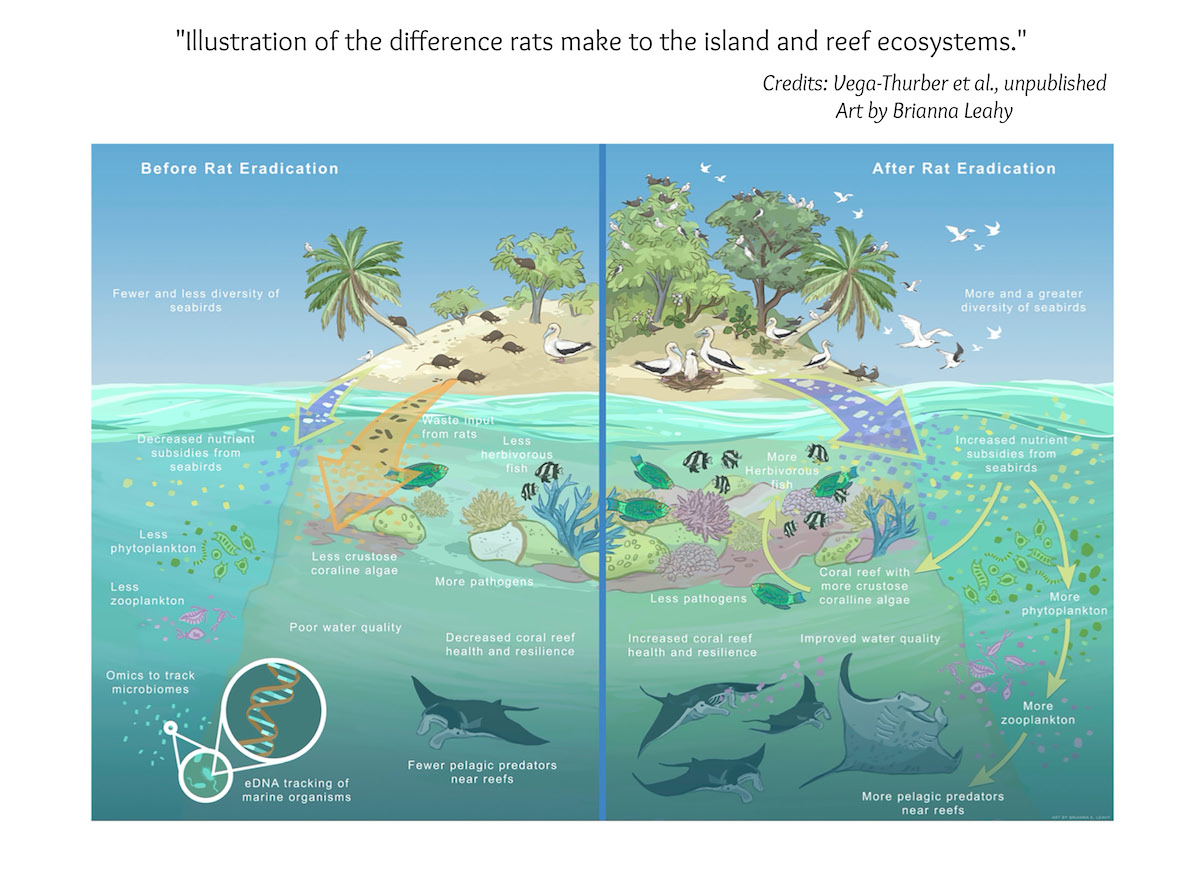This operation is part of the Tetiaroa Atoll Restoration Program (TARP), which aims to protect seabirds, crabs, and native vegetation by eradicating invasive rats. The primary goal of this mission was to treat the motus Tauvini and Ahuroa, located near Ti'ara'aunu, as a preventive measure, and to target Ti'ara'aunu, the motu where rats are still present. Another objective was to prepare for the installation of monitoring cameras to assess the success of the treatment and plan the next steps for ecological surveillance.
Collaborators: Lusiano and Tuterai (rangers), Tehiana and Hina (nature guides), Joan (Scientific Activities Coordinator), Della, Teora, Carlos, Maria, Mattia, Eugenia, Pasquelin, Cédric, Muriel, Carole, Haiata, Teva, Karine, Stéphane (volunteers)
Date of stay: September 1 to 5 and September 22 to 29
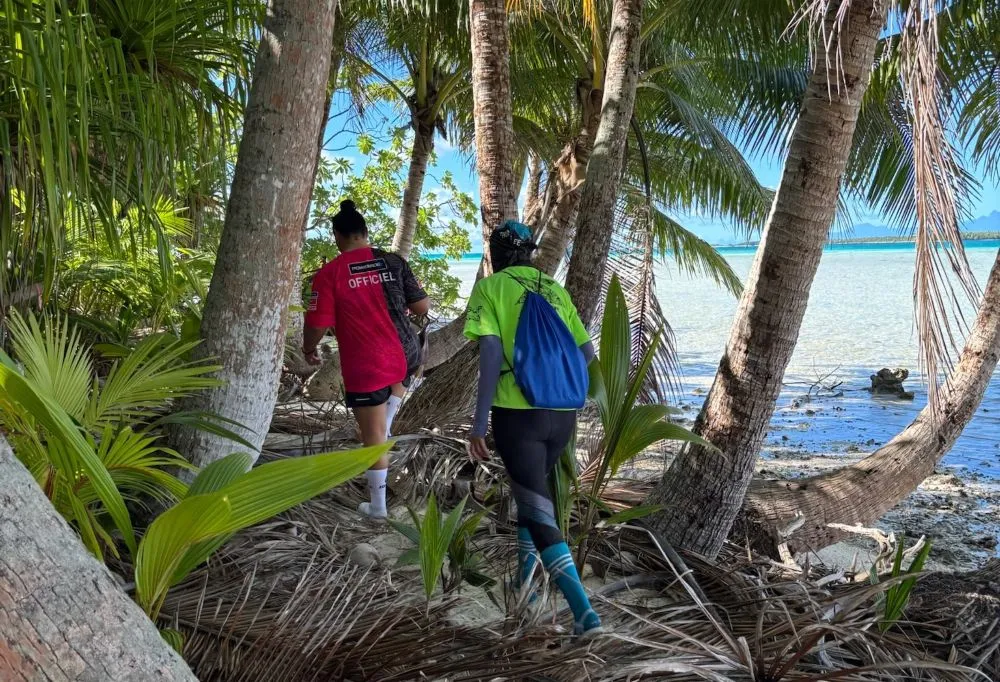
Summary of field activities
The first mission took place from September 1st to 5th, 2025. During this period, Tauvini and Ahuroa were fully treated as a precaution, due to their proximity to Ti'ara'aunu, which increases the risk of reinfestation. A first section of Ti'ara'aunu was also covered. However, progress was significantly slowed by dense vegetation and difficult terrain. Walking through thick bush while carrying 10–12 kg buckets was a real physical challenge for participants. This first phase involved 15 people, including 12 volunteers and 3 Tetiaroa Society staff. Each pair walked about 3 km of bait lines per day, placing bait every 20 meters according to protocol.
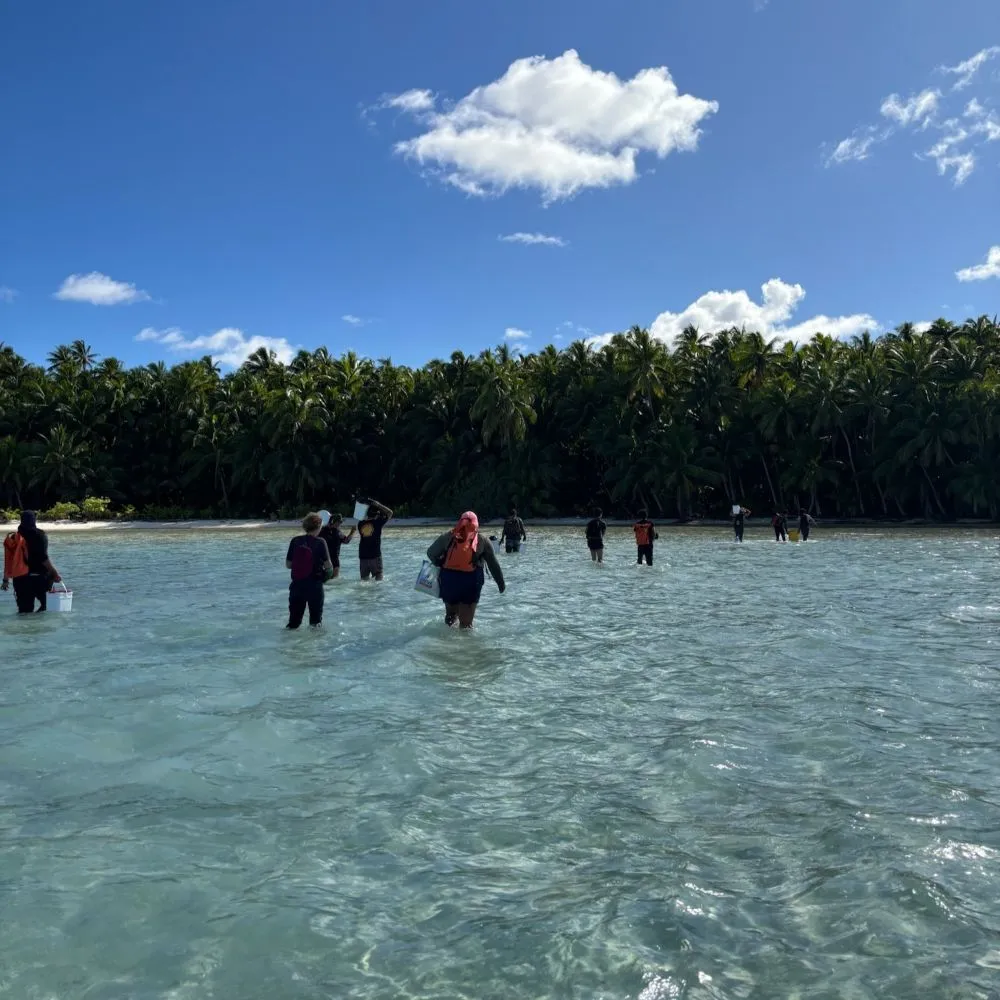
The second mission ran from September 22nd to 29th, 2025, and completed the treatment of Ti'ara'aunu. 13 people took part, including 10 volunteers and 3 staff members. Over 10 days, 167 bait lines were treated, covering all 165 hectaresof Ti'ara'aunu — the largest and one of the most challenging motus on the atoll. The bait lines had been previously cleared and marked every 20 meters. Bait was weighed and packed into 10–12 kg buckets. Most buckets were dropped at the start of each line, making initial access easier, but often forcing teams to carry multiple heavy buckets over long distances — sometimes up to four per line. Ideally, buckets would also have been dropped further inland to reduce transport time and effort. However, due to a limited number of available buckets, teams had to refill and redeploy them throughout the operation, which reduced efficiency. If enough buckets had been available from the beginning, all could have been pre-positioned, significantly lightening the workload. Each pair distributed 1 kg of bait per marked point, covering around four lines per day on average.
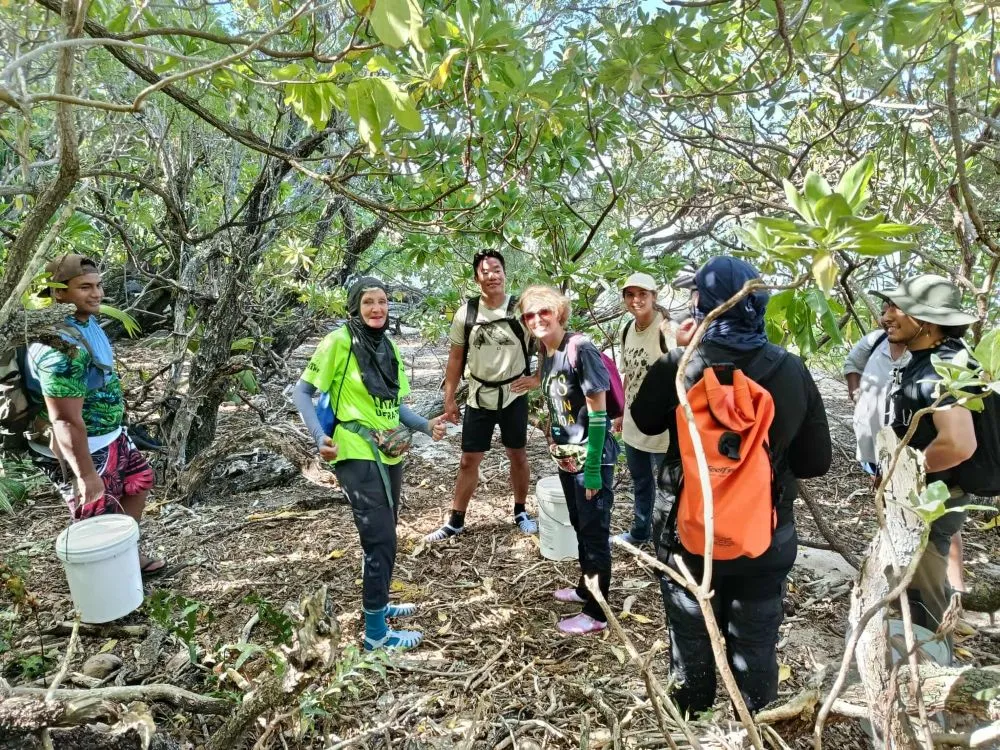
Impacts and preliminary results
The operations on Tauvini and Ahuroa were completed successfully. Monitoring cameras were installed post-treatment, and no rat activity has been detected on either motu. On Ti'ara'aunu, the treatment covered the entire motu. Monitoring cameras have not yet been installed, but their deployment is highly recommended to confirm rat eradication and assess whether another treatment will be needed during the next dry season. The entire operation was carried out without major incidents, thanks to strong coordination between volunteers and the Tetiaroa Society team.
Perspectives
The next critical step will be the installation of monitoring cameras on Ti'ara'aunu to closely track the post-treatment situation. This step is essential to confirm the complete disappearance of rats and determine the need for further intervention. Scientists are also planning to select a pilot site for the new ATTRACT program, aimed at promoting the recolonization and long-term monitoring of seabird species on rat-free islands. Before this phase begins, it is crucial to ensure that all invasive species, especially rats, have been fully eradicated. A field survey will need to be conducted in the coming months to verify the treatment's success and assess the current ecological status of Ti'ara'aunu. While no timeline has been set yet, this check will be a key milestone before launching the ATTRACT project on the atoll.


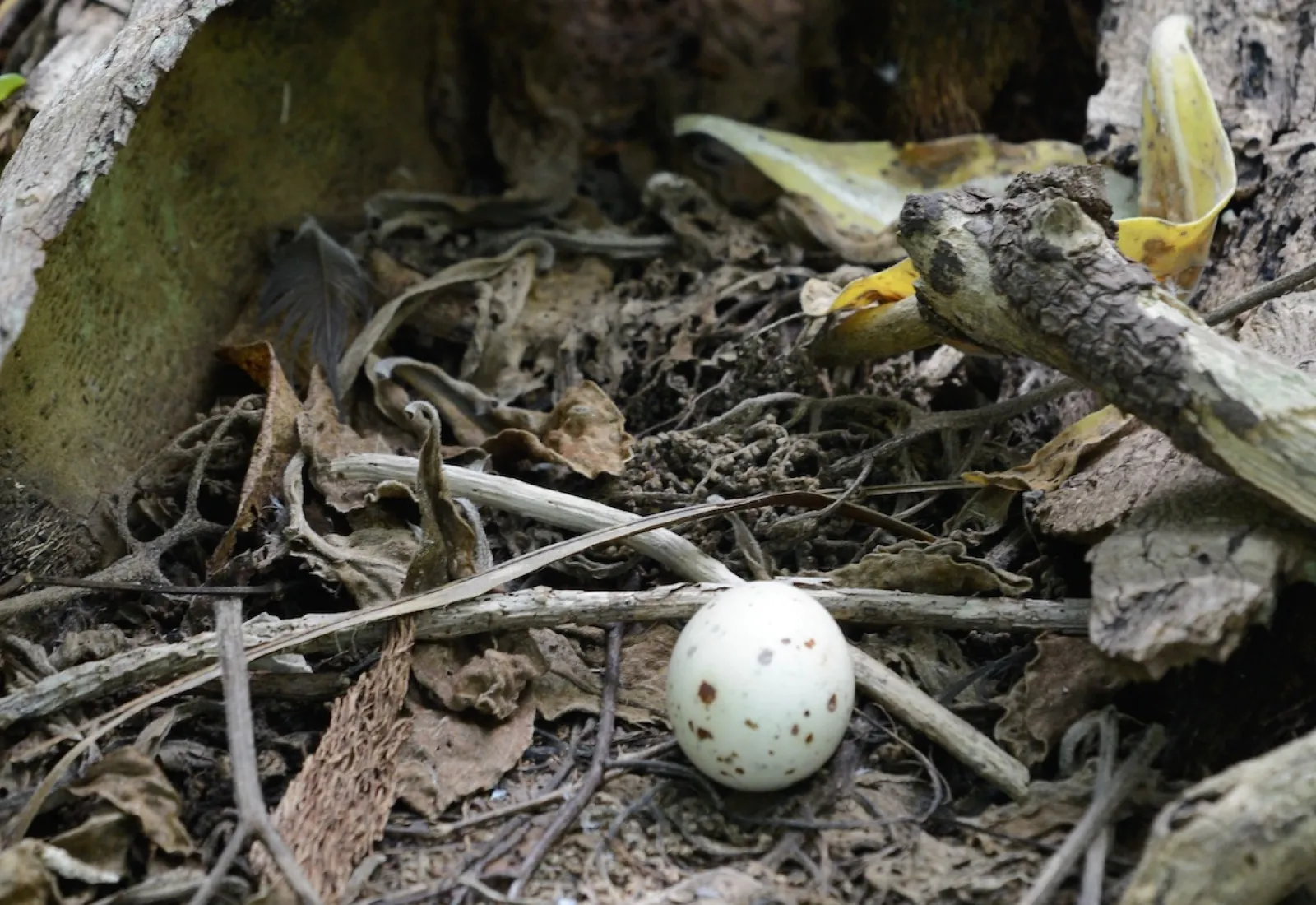
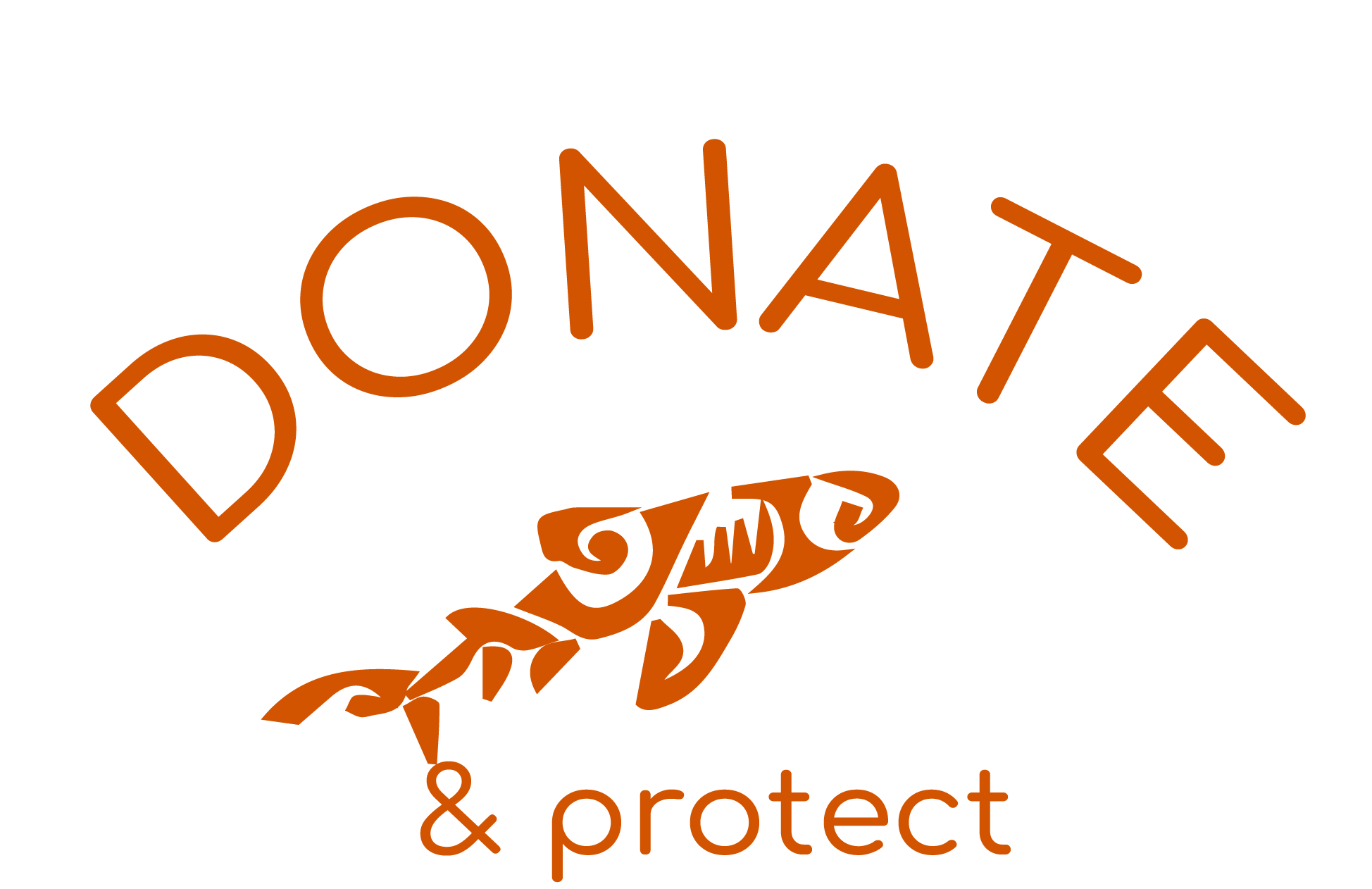
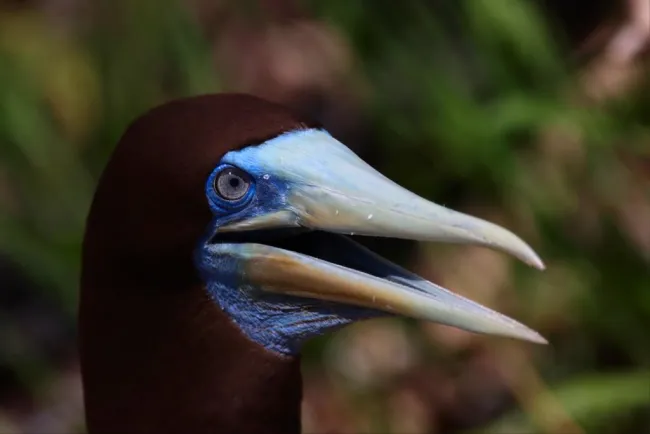 Brown booby
Brown booby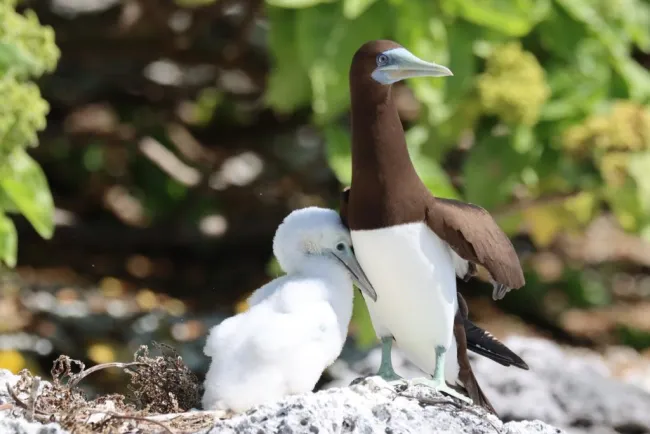 Brown booby parent and juvenile
Brown booby parent and juvenile
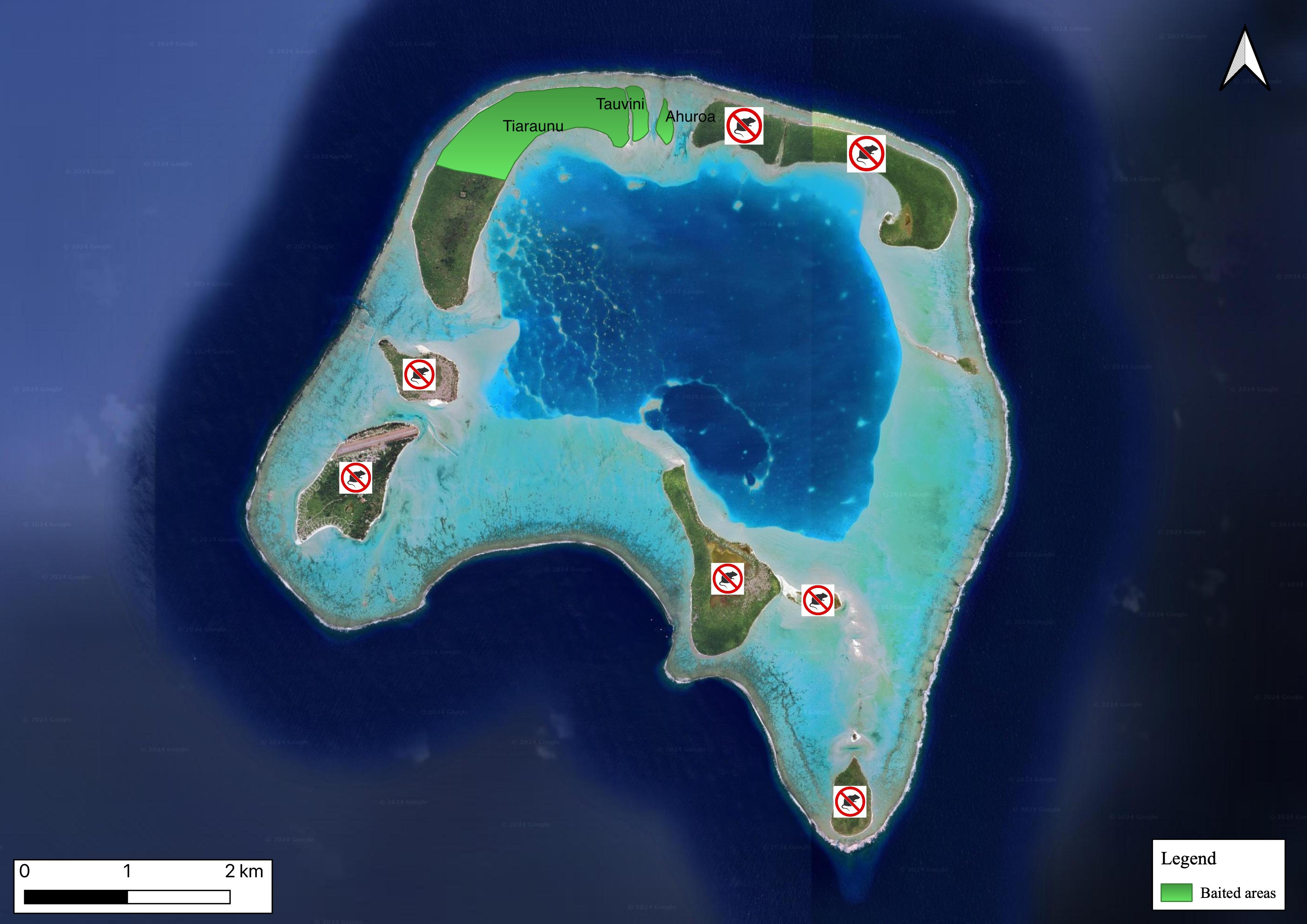
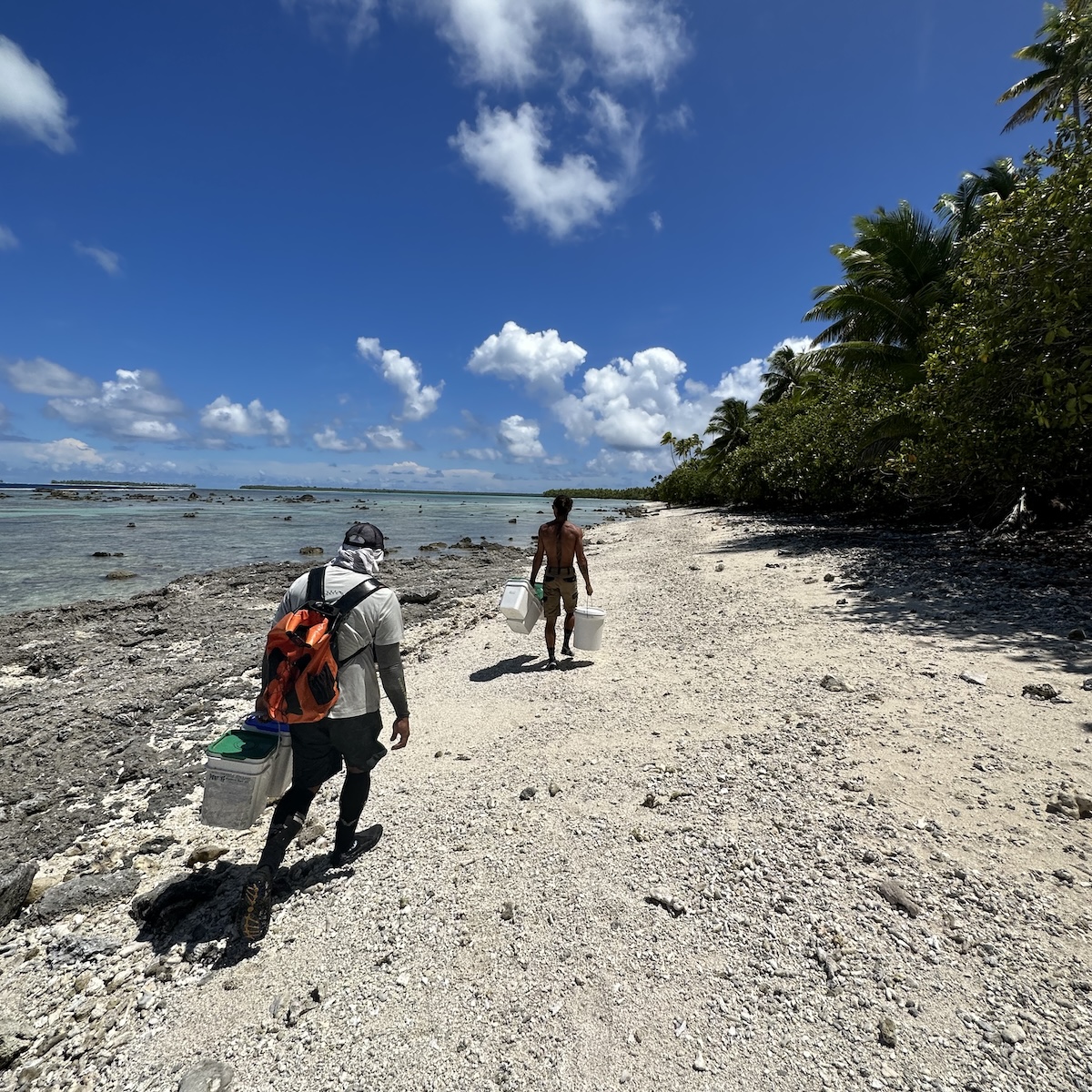
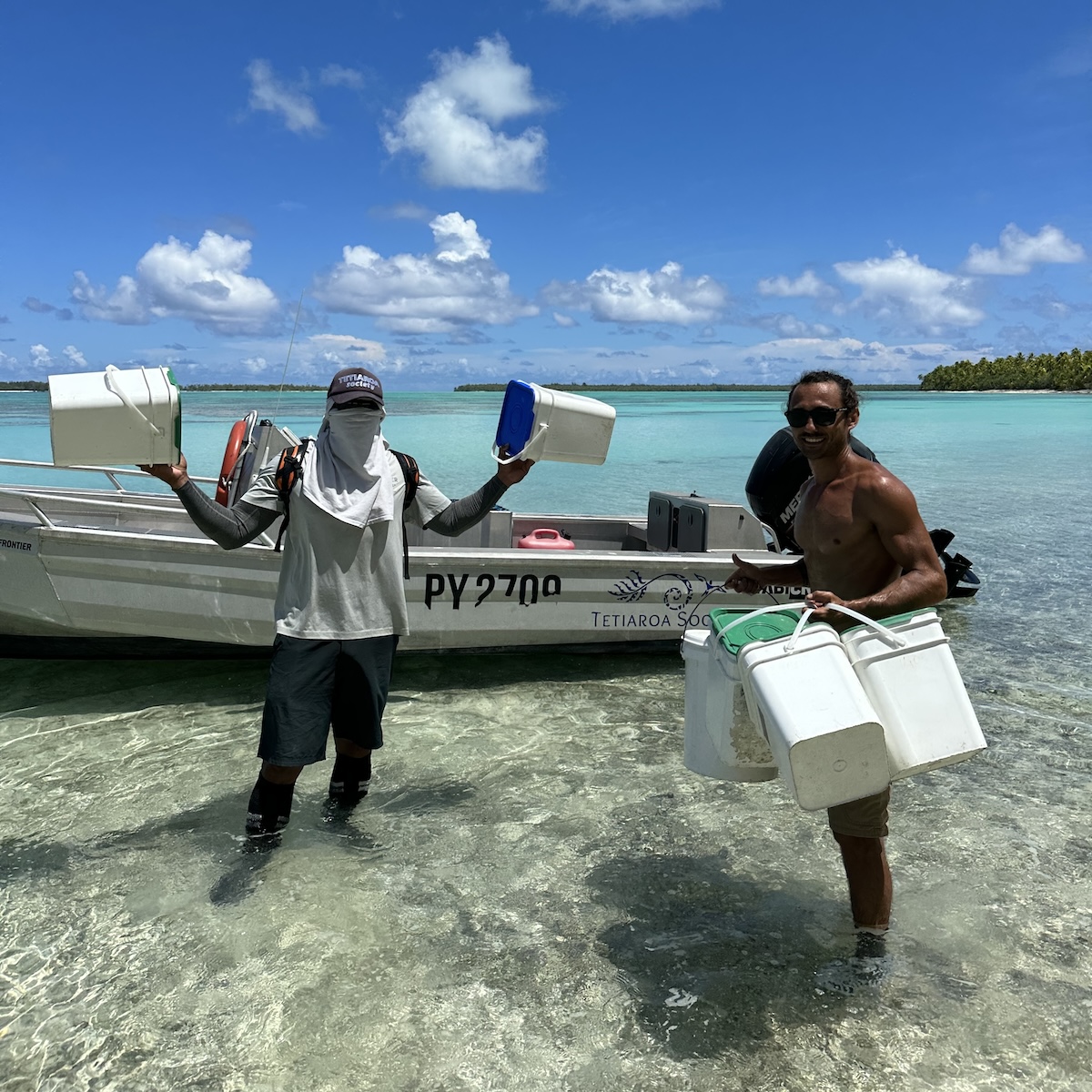
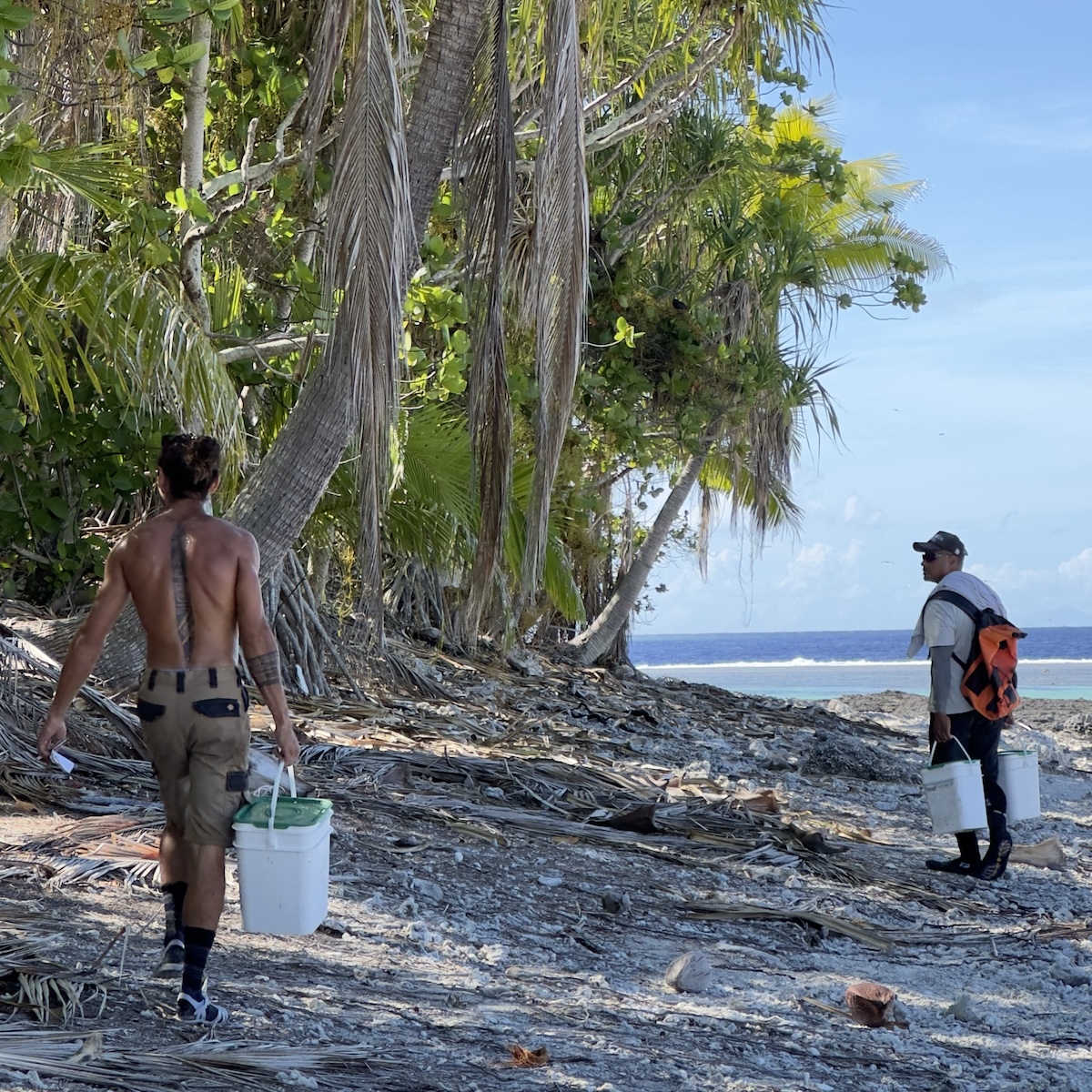
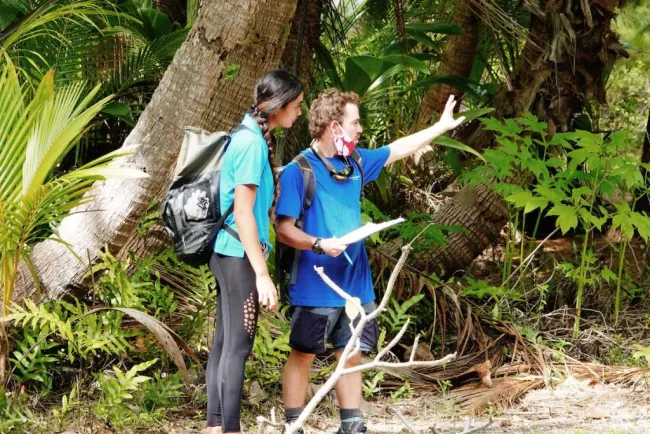 Planning on Onetahi
Planning on Onetahi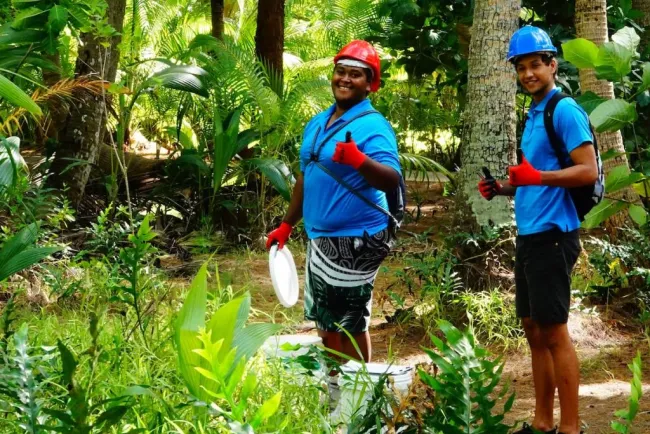 Team members ready to go
Team members ready to go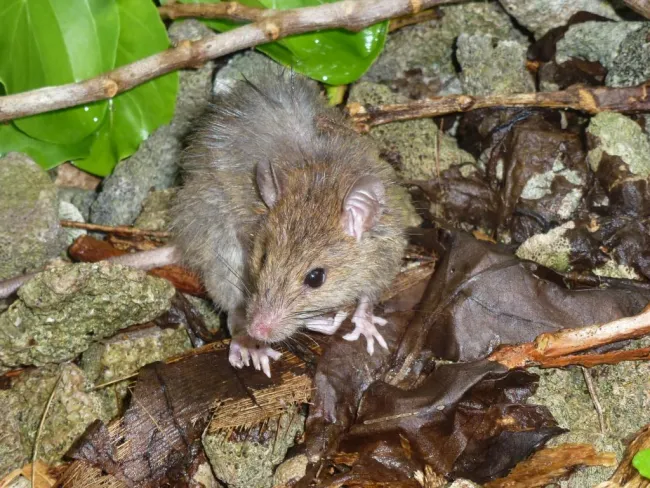 Rattus exulans on motu Reiono
Rattus exulans on motu Reiono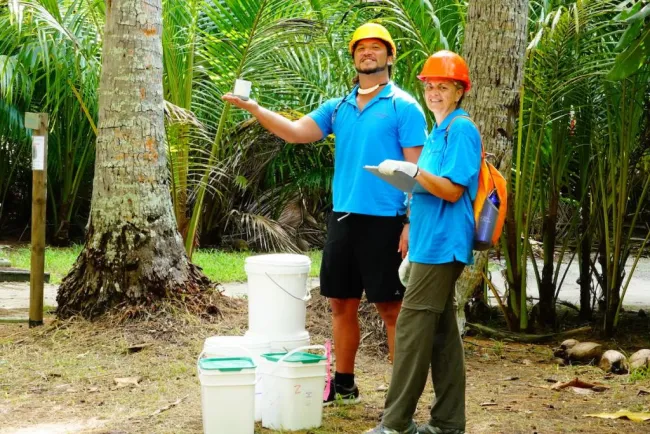 Yes, we have all of our equipment
Yes, we have all of our equipment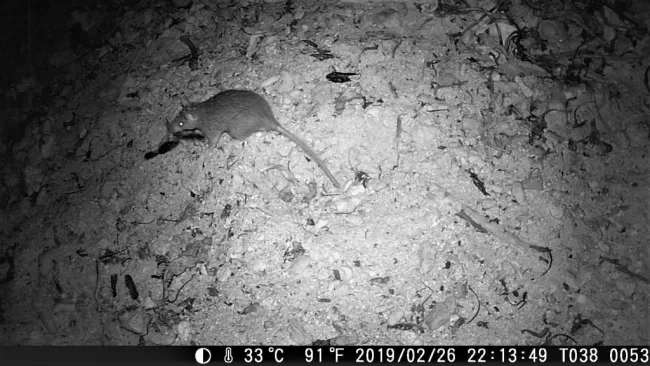 Predator caught on camera
Predator caught on camera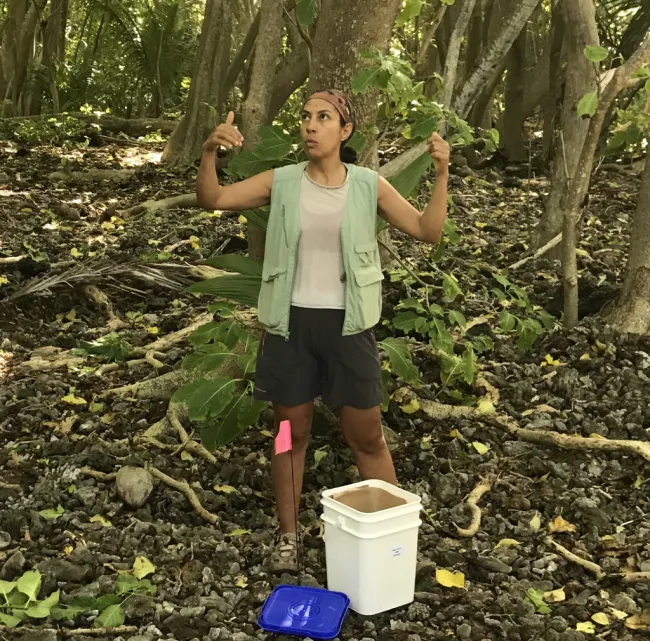 Atoll restoration team member on Tetiaroa
Atoll restoration team member on Tetiaroa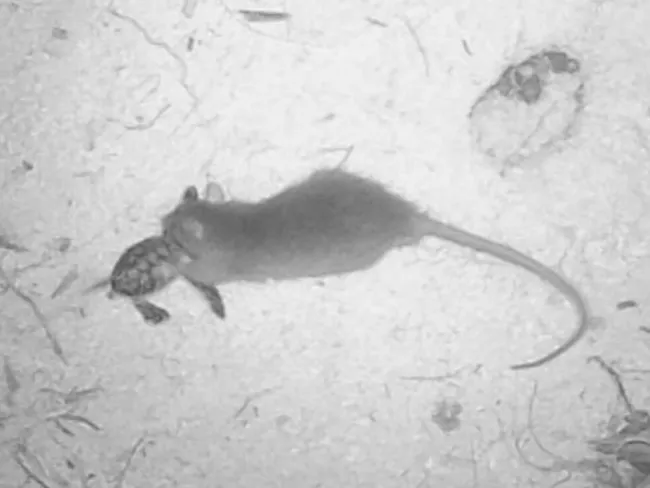 A rat in action on the atoll
A rat in action on the atoll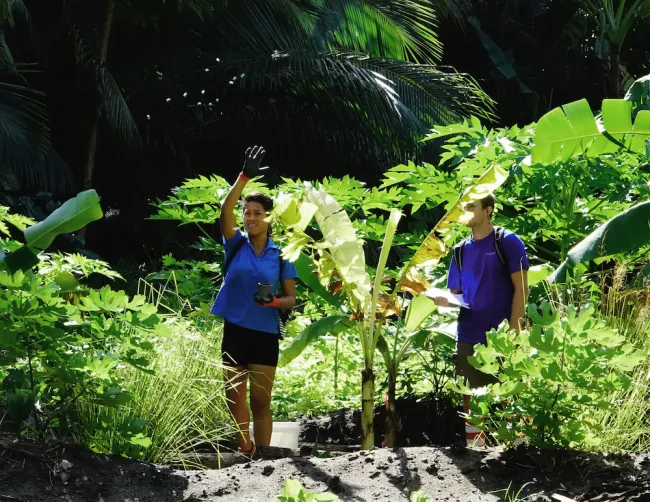 Team member throwing bait
Team member throwing bait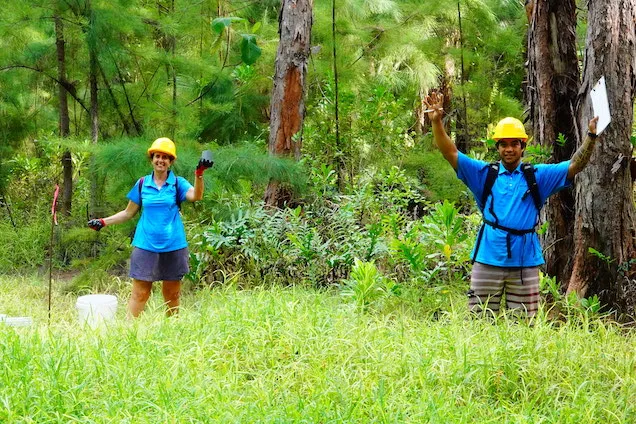 Goodbye to Onetahi's rats
Goodbye to Onetahi's rats